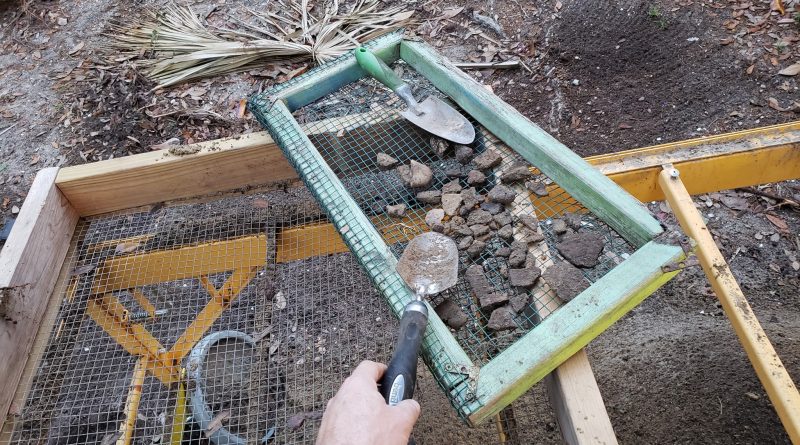
Indigenous Peoples Ancient items found in Myrtle Beach SC Shell & Middens, Ancient shell mounds.
Ancient Indigenous Artifacts & Shell Middens of Myrtle Beach, SC
Swash Manor: A Window into 5,000 Years of History
At my home, Swash Manor, we have uncovered artifacts that reveal over 5,000 years of human activity. This land carries a mystical energy, adding to its rich history. I consider myself incredibly fortunate to own this special place, situated near Withers Swash, once known as Nine Mile Swash.
The Pee Dee People
Alternate Spellings: Pedee, Peedee, Peadea, Pidees
Possible Meanings: Derived from pi’ri (Catawba for “something good”) or pi’here (“smart, expert, capable”)
Language Family: Siouan
The Pee Dee people were among the first Indigenous groups to encounter European explorers in the Americas. Spanish explorer Lucas Vázquez de Ayllón made contact with them in 1521. Before European arrival, the Pee Dee thrived along the Pee Dee River, stretching from Winyah Bay (near Georgetown, SC) to the Town Creek area of North Carolina.
The Pee Dee and Early Colonization
When English colonists arrived in Charleston around 1670, the Pee Dee initially welcomed them. However, European diseases devastated their population. Despite this, they adapted by trading deer skins and forming alliances with the settlers. During the Revolutionary War, the Pee Dee fought alongside the colonists for independence from Britain.
Today, most members of the Pee Dee Indian Nation reside near Cheraw and McColl, South Carolina, maintaining a deep connection to their land and community. Their spirit of generosity was evident during Hurricanes Hugo and Andrew, when they provided food and supplies to those in need.
Pee Dee Warriors in War & Survival
In 1711, South Carolina’s English colonists enlisted the Pee Dee to fight in the Tuscarora War, and in 1715-1716, they joined forces in the Yemassee War, after which the defeated Yemassee retreated to Spanish Florida. By the 1730s, settlers had begun moving into what are now Marlboro, Marion, and Dillon Counties in South Carolina, where they coexisted with the Pee Dee with relatively little conflict.
Historians and archaeologists claim that the Pee Dee became extinct by 1808, but oral histories passed down through generations tell a very different story. Between 1730 and 1800, smaller tribes like the Pee Dee were nearly wiped out due to disease, attacks from larger tribes, and land disputes with white settlers. With no tenable legal protections, the Pee Dee were reclassified under South Carolina law as Mulatto, Croatan, or free persons of color, stripping them of their Indigenous status.
The Changing Life of the Pee Dee
From the late 1790s through the Indian Removal Acts of the 1830s, the Pee Dee and other small bands gradually adapted to aspects of European-American life. They abandoned their traditional round dwellings and began building log cabins on the land available to them.
Between the early 1800s and the Civil War (1861-1865), descendants of the original Pee Dee lived in small family clans along the rivers. Some became sharecroppers for white farmers—descendants of the very settlers whom the Pee Dee had once helped to defeat the British during the Revolutionary War. Despite their complex history with the South, some Pee Dee warriors fought for the Confederacy during the Civil War. Today, many tribal members trace their Indian heritage back to those soldiers.
Native American Recognition in South Carolina
Of South Carolina’s Native American groups, only the Catawba Indian Nation is federally recognized. However, the state acknowledges several other state-recognized tribes that continue to preserve their heritage and culture, including:
- Catawba Indian Nation
- Edisto Natchez-Kusso
- Beaver Creek Indians
- Pee Dee Indian Tribe
- Pee Dee of Upper South Carolina
- Santee Indian Organization
- Piedmont American Indian Association
- Lower Eastern Cherokee Nation
- Sumter Tribe of Cheraw Indians
- The Waccamaw Indian People
- The Wassamasaw Tribe of Varnertown Indians
For a full list of South Carolina’s recognized Native American Indian entities, visit: South Carolina Commission for Minority Affairs.
The Waccamaw Tribe’s Historic Recognition
The Waccamaw Tribe holds a special place in South Carolina’s history, becoming the first tribe to gain official recognition from the South Carolina Office of Vital Statistics. Their recognition was later affirmed by the Governor’s Minority Affairs Ad Hoc Committee on Indian Recognition.
On February 17, 2005, during a meeting of the South Carolina Commission for Minority Affairs, the Waccamaw Indian People made history as the first of two state-recognized tribes in South Carolina. Today, the state officially recognizes eight tribes.
For more information on the Waccamaw Indian People, visit: Waccamaw Official Website.
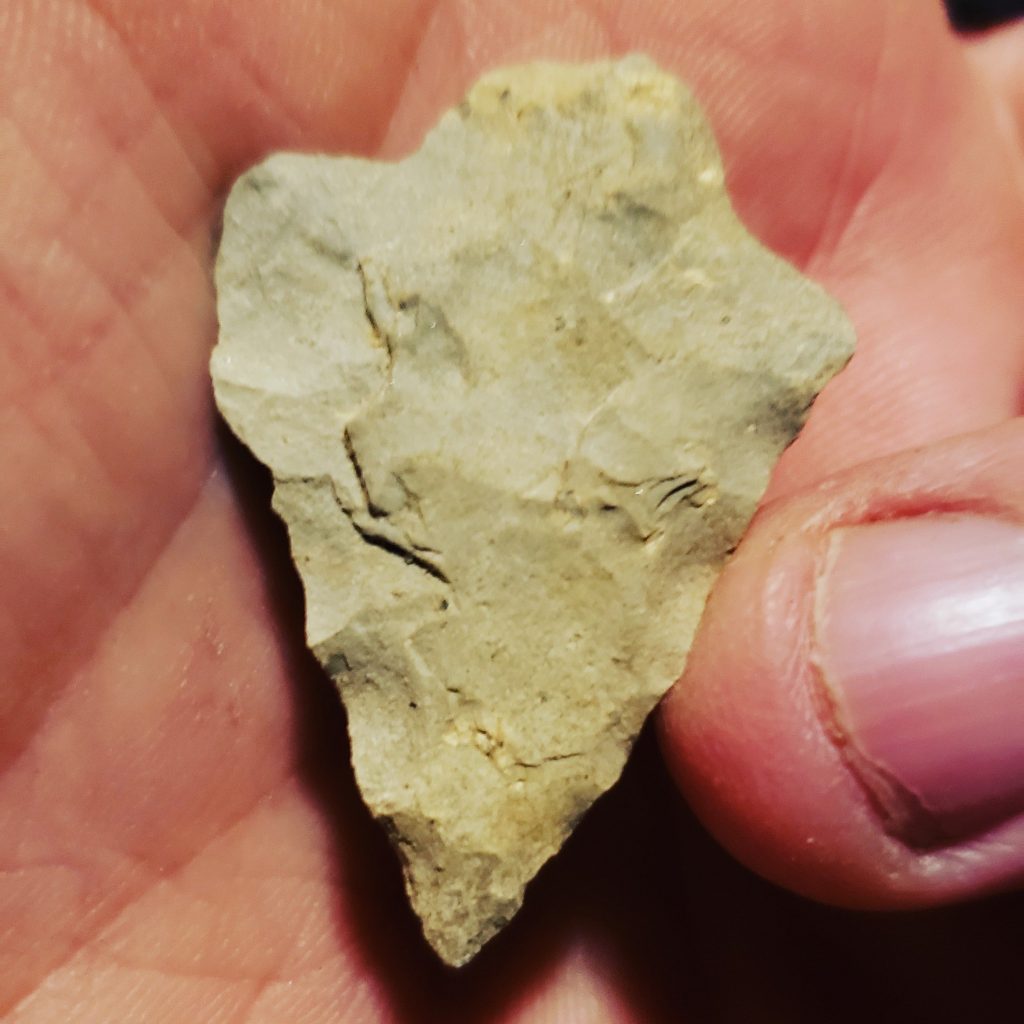
Morrow Mountain Point Discovery
One of my most exciting finds at Swash Manor was a Morrow Mountain Type I projectile point—a triangular stone point with a contracting stem, commonly used by Indigenous people thousands of years ago.
I discovered this point 14 to 24 inches deep, lodged in the roots of a large cypress tree. This ancient artifact is evidence of the long history of human activity in Myrtle Beach, possibly from an early home or village site.
For more on my findings: Echoes of the Past: Ancient Shell Rings & Middens in Myrtle Beach Swash Manor – Ancient Shell Mounds
They raised crops for food and used the river as a trade route with other tribes. A unique tradition of the early Pee Dee was the creation of sacred burial mounds. Some of these mounds can still be found along the Pee Dee River.
The Pee Dee welcomed the English colonists when they began arriving in Charleston in about 1670. Diseases brought by the Europeans killed great numbers of the Pee Dee, yet they traded deer skins and formed alliances with the new colonists. During the Revolutionary War, the Pee Dee helped the colonists fight for independence from Britain.
Most members of the Pee Dee Indian Nation now live near the South Carolina towns of Cheraw and McColl. They continue to show a dedication to their land and the people near it. During Hurricanes Hugo and Andrew, the Pee Dee helped people with food and supplies.
In 1711, South Carolina’s English colonists enlisted the Pee Dee to fight in the Tuscarora War, and they fought alongside the colonists in the Yemassee War of 1715-1716, after which the defeated Yemassee returned to Spanish Florida. When settlers began appearing in what is now Marlboro, Marion, and Dillon Counties of South Carolina around 1730s , they were able to live with the Pee Dee with very little trouble.
Archaeologists and historians say the Pee Dee became extinct by 1808, but the oral stories passed down by the tribe’s elders tell a very different story. Between 1730 and 1800, all of the smaller tribes like the Pee Dee were almost destroyed by disease and attacks by larger tribes, and by white farmers who wanted their farmland. The Pee Dee had no defense under the law, because South Carolina had already changed their status from Indian to More on Shell Rings, Middens, & Indigenous History
Shell Rings and Coastal Archaeology
One of my favorite archaeological sites is the Sewee Shell Ring, which is listed on Wikipedia’s Shell Ring page. I’ve had the opportunity to visit it many times, making it a special place for me. Interestingly, as luck would have it, I now live on what could be a potential shell ring or mound—possibly a home or village site—in Myrtle Beach.
For more on the Sewee Shell Mound, visit: Sewee Shell Mound Interpretive Trail.
Resources on Shell Rings and Middens
- Shell Rings and Shell Middens | Mount Pleasant Historical
Read more - Historic Archaeology | SC Archaeology | Chicora Foundation
Read more - More About Shell Middens | Dewees Island, Charleston, SC
Read more - Coastal Environments and Carolina Prehistory | JSTOR
Read more - Minim Island Shell Midden (38GE46) | Wikipedia
Read more - South Carolina Complicated Stamped Pottery
Read more
The First People of the South Carolina Lowcountry
The Lowcountry of South Carolina was once home to more than a dozen distinct Native American groups, though their history is now barely remembered. After the founding of Charleston in 1670, indigenous people regularly interacted with European settlers and enslaved Africans brought from the Caribbean. However, disease, warfare, and displacement led to their near extinction by the mid-18th century. While their history has largely faded, their names remain ingrained in the region’s geography and culture.
- Charleston Time Machine | First People of South Carolina Lowcountry
Read more - Native Americans of South Carolina
Read more - Archaeological Resources on Native American History in South Carolina
Ancient Underwater Middens
Ancient shell middens—remnants of early coastal communities—offer clues about life before rising seas reshaped the shoreline. New methods are emerging to study these submerged sites, shedding light on how early inhabitants lived and adapted to their environment.
- Ancient Undersea Middens & Rising Seas | The Conversation
Read more - List of Shell Ring Sites | Wikipedia
Read more
Additional Archaeological Research
- UNC-Chapel Hill Archaeology Research
Read more
These resources provide valuable insights into shell rings, middens, and Native American history in the Carolinas.rch
Read more Mulatto, Croatan, or free persons of color.
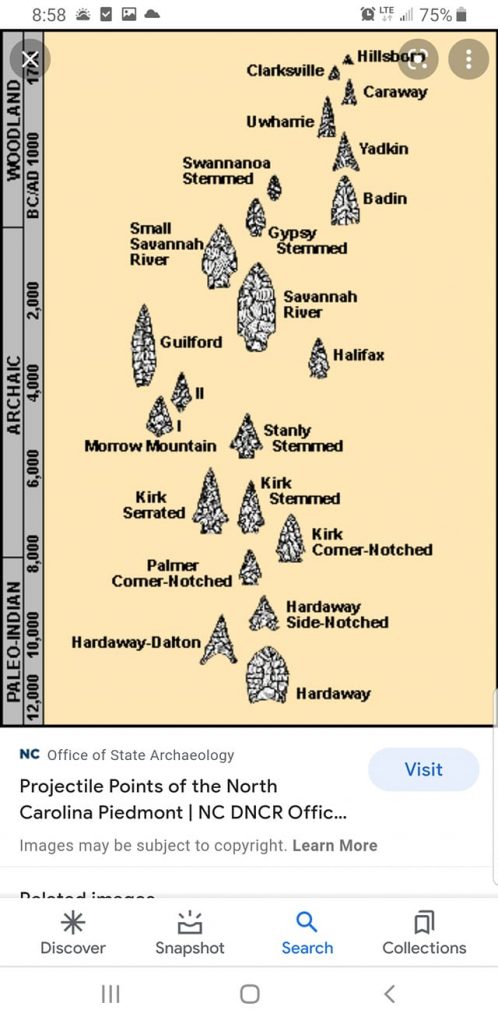
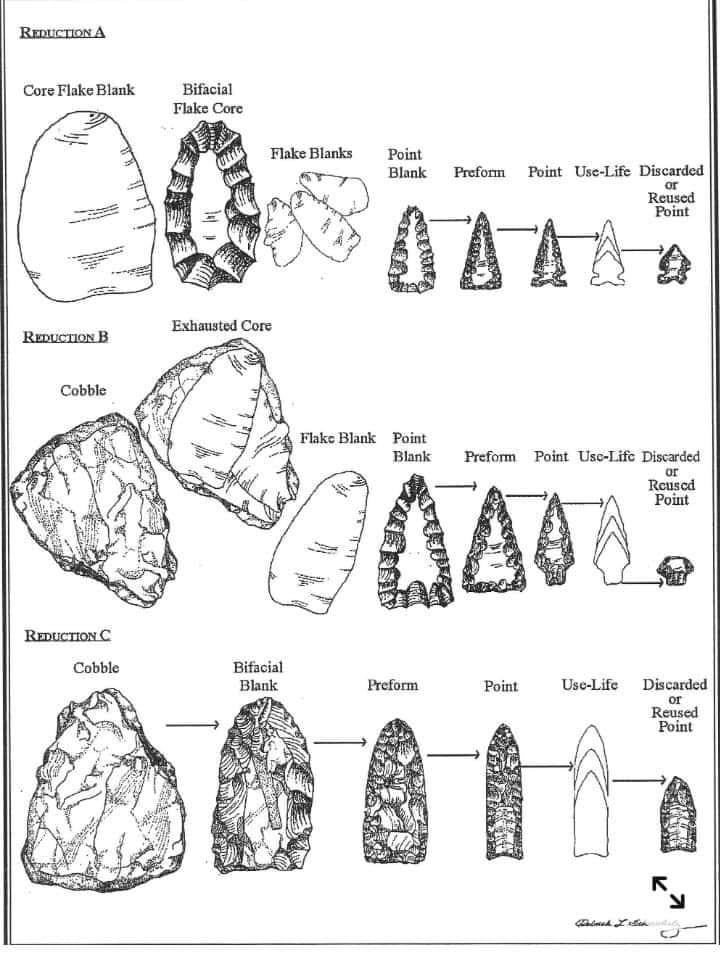
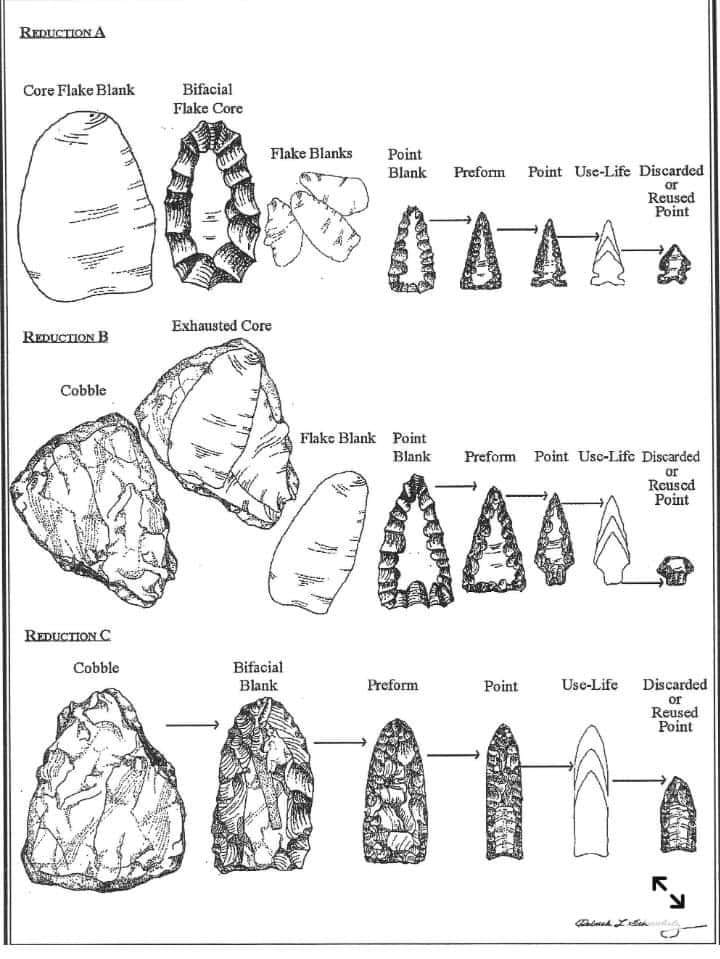
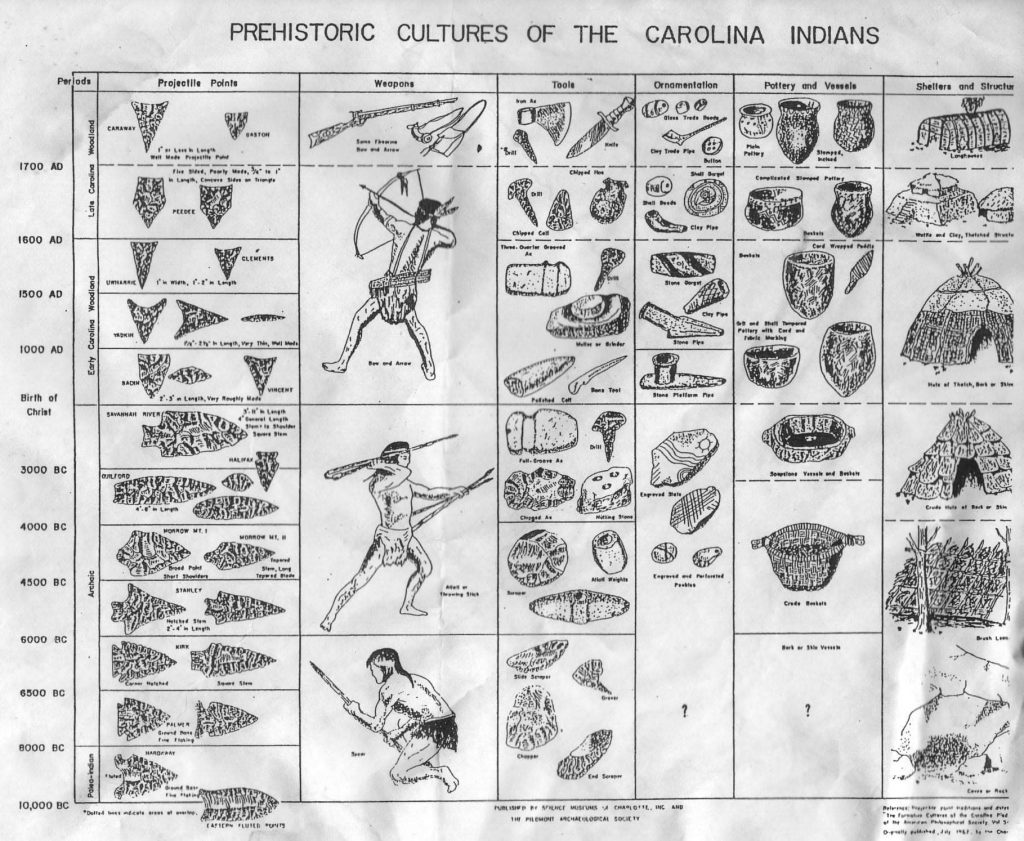
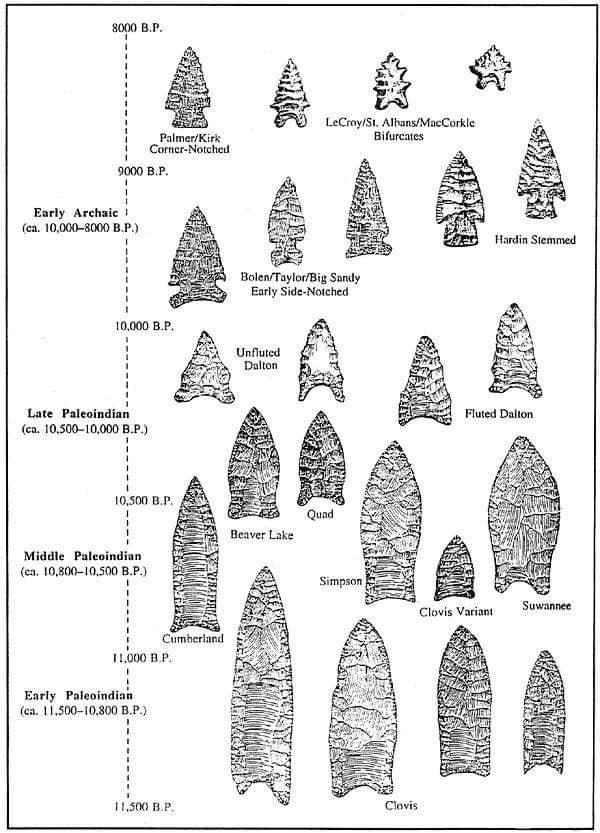
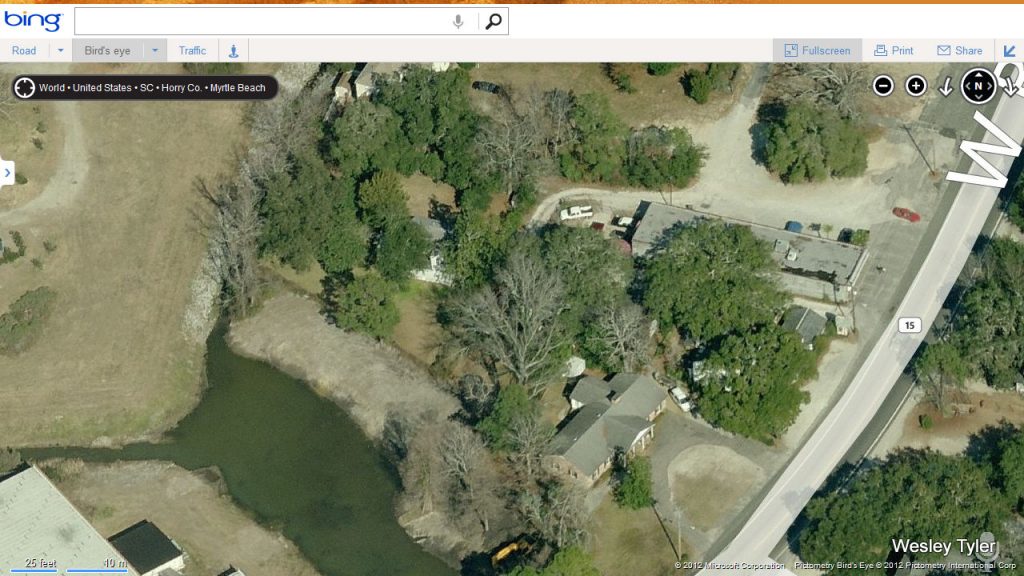
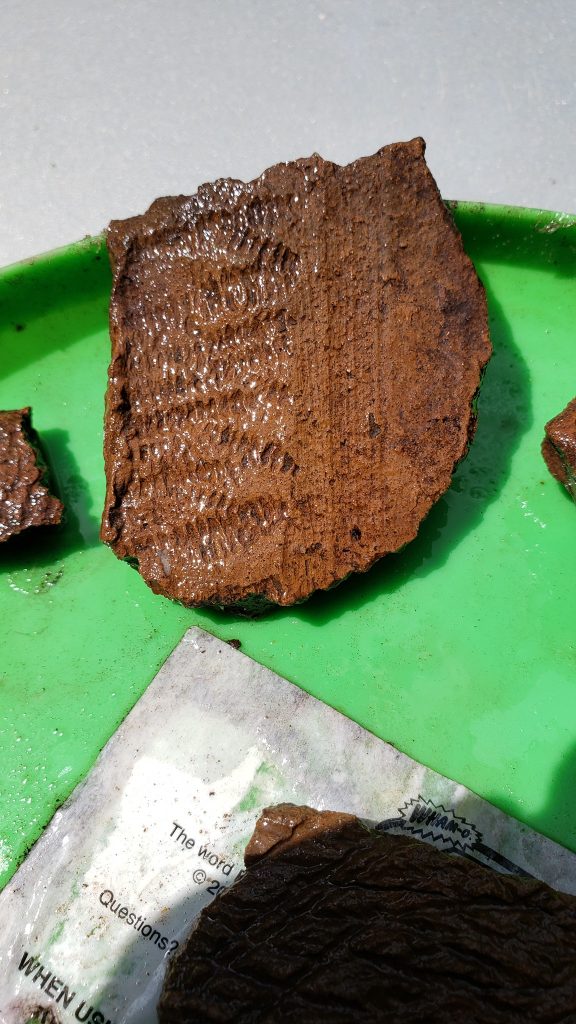
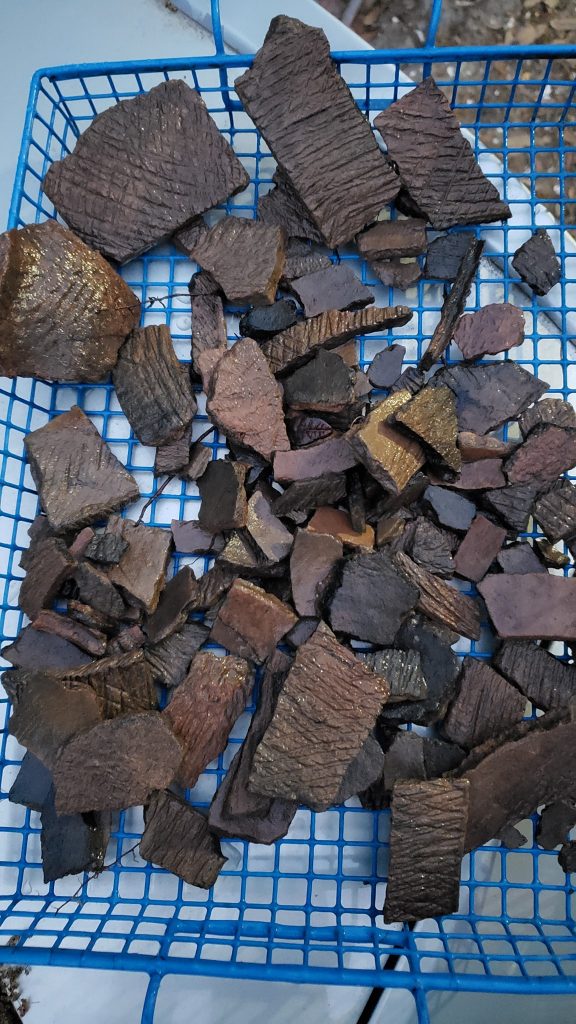
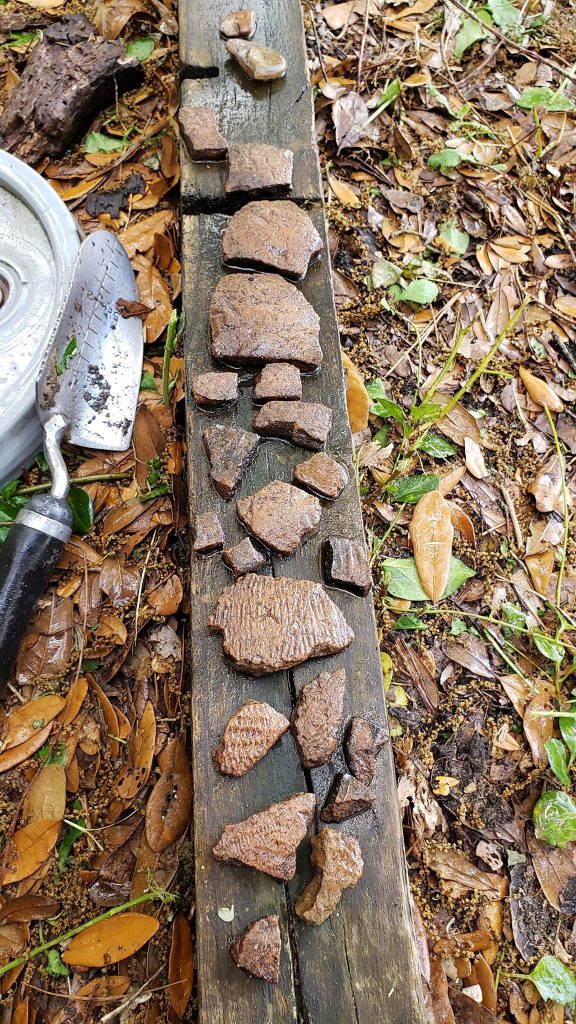
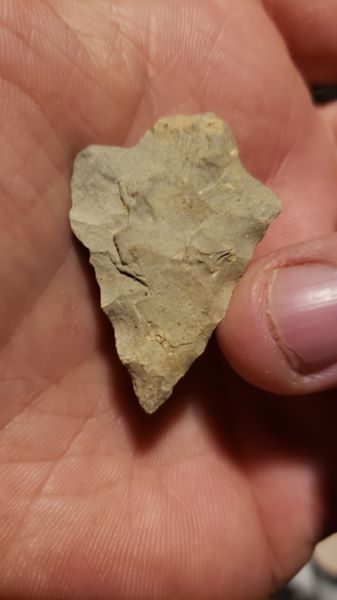
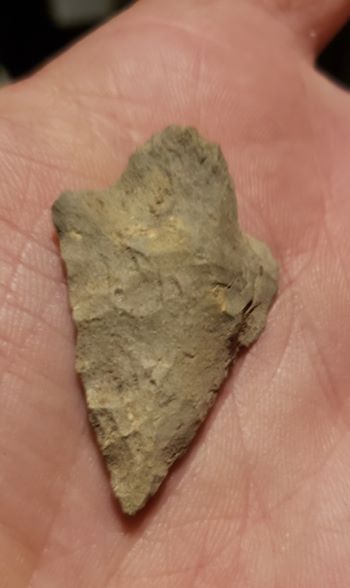
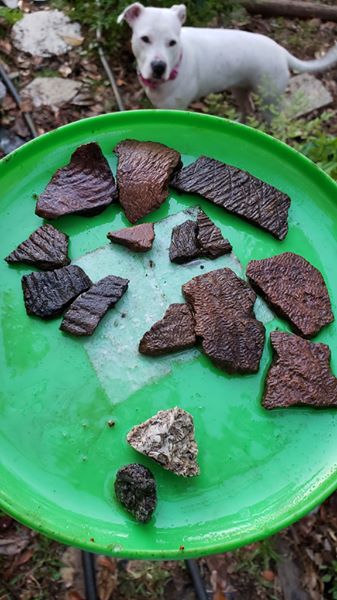
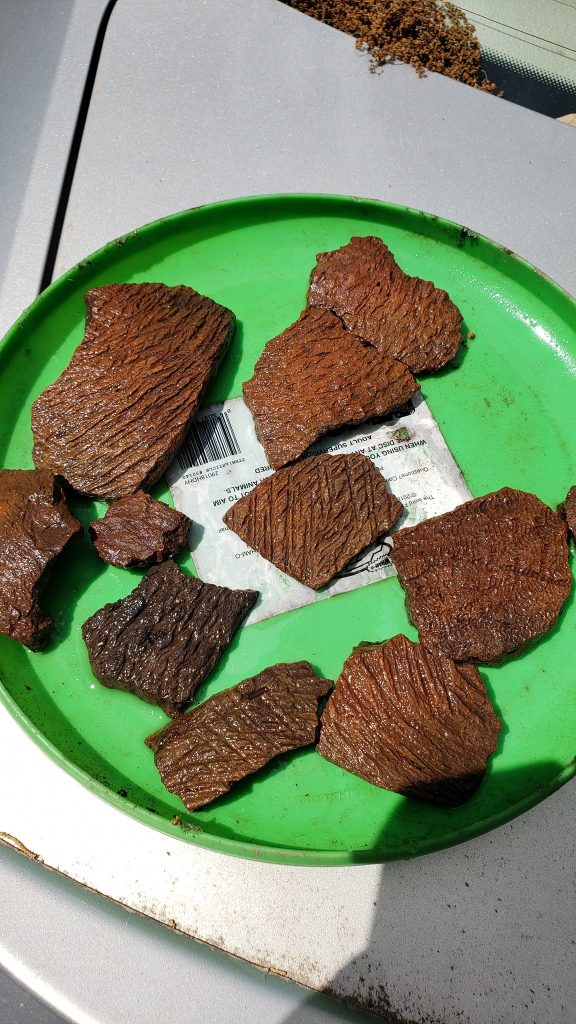
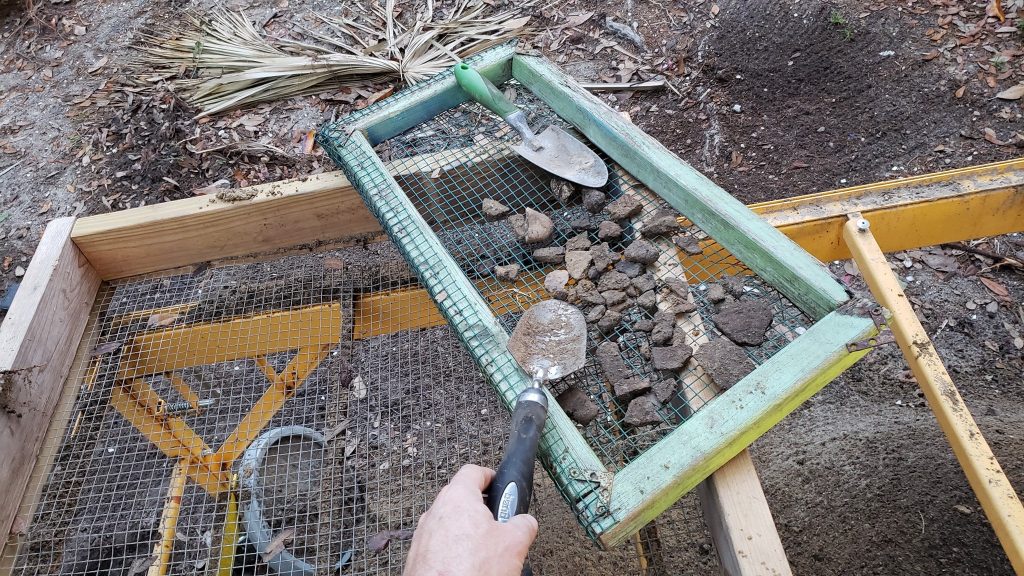
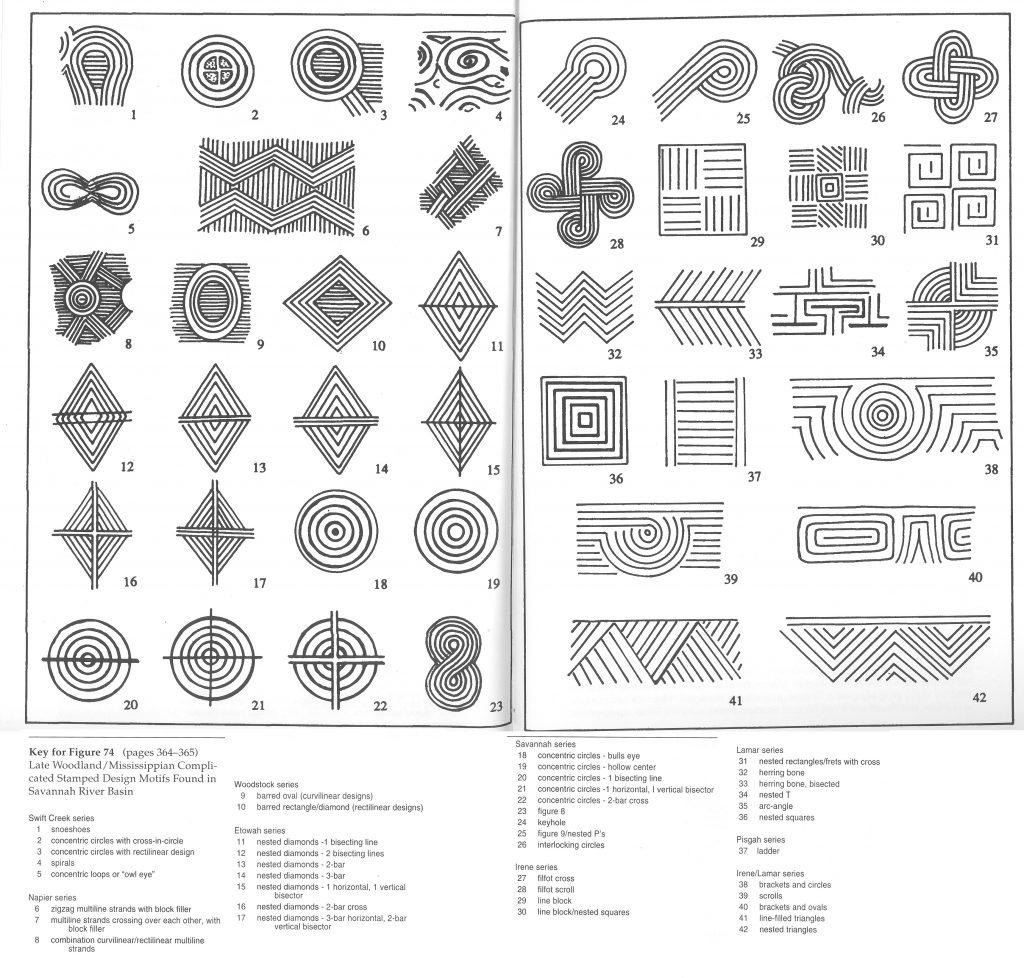
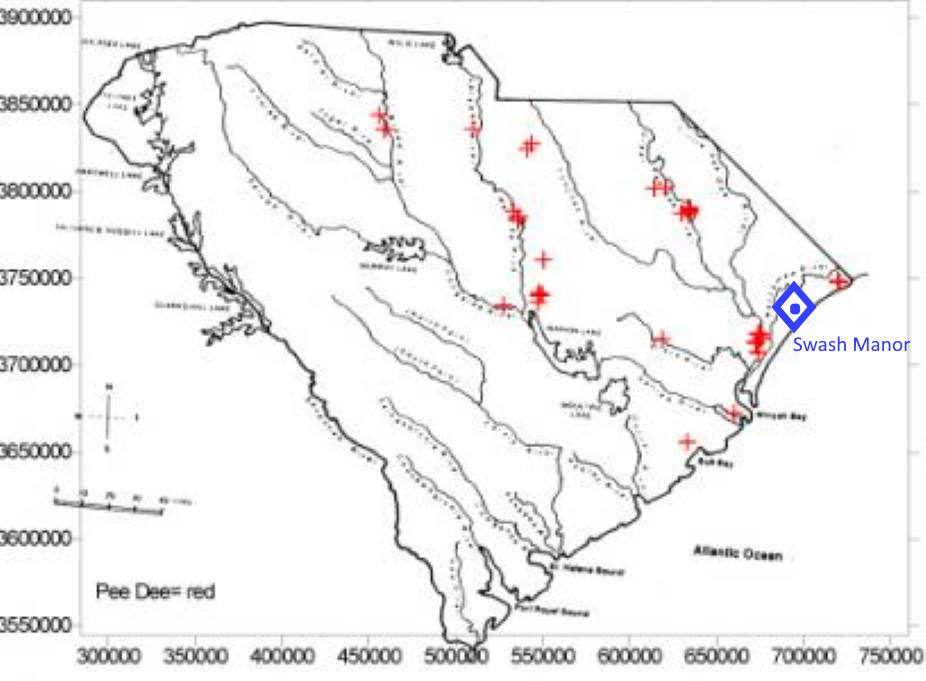
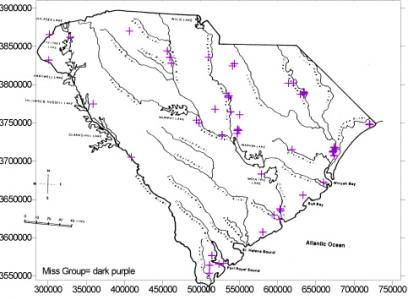
Unearthing History: Indigenous Shell Middens & Mounds in Myrtle Beach, SC
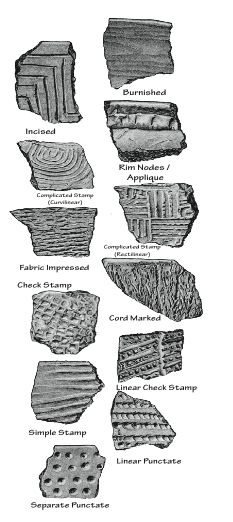
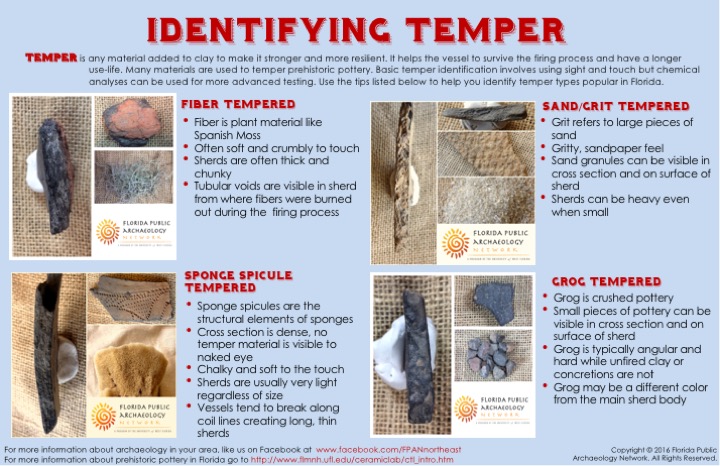
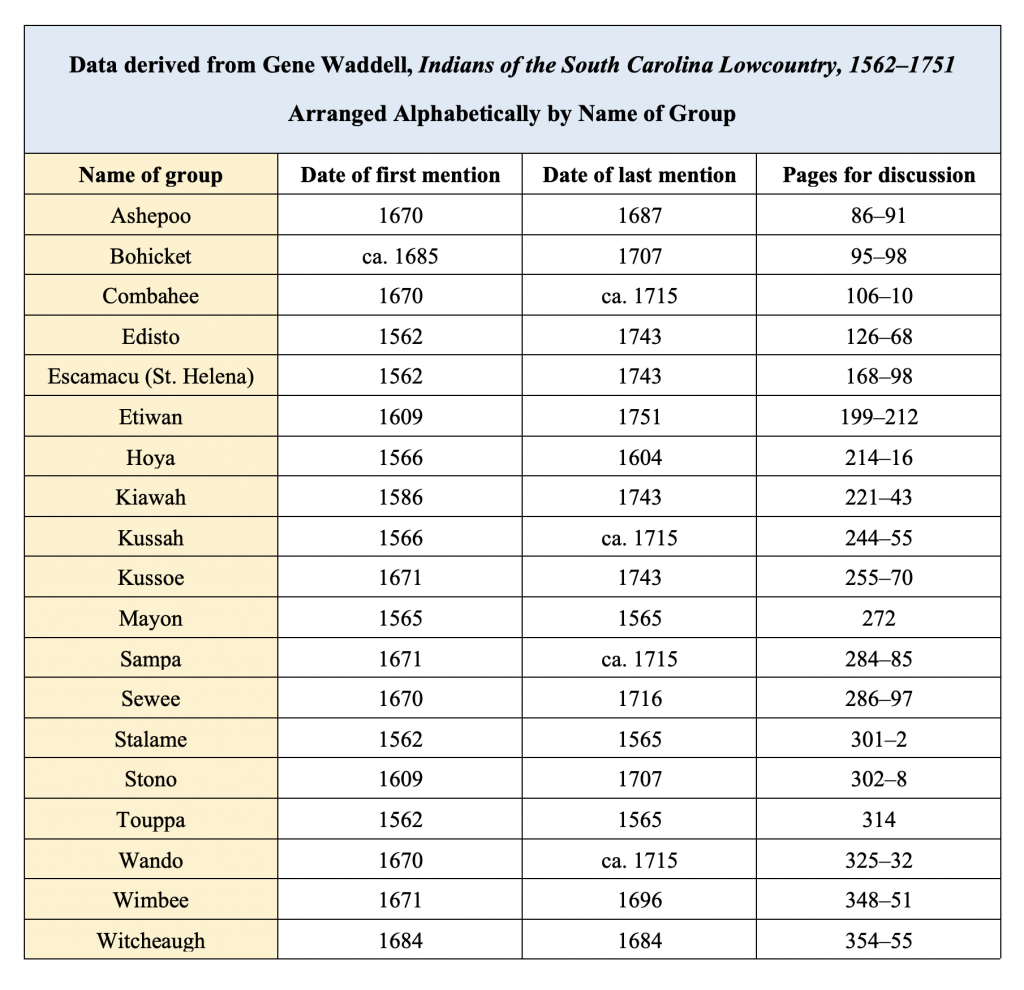
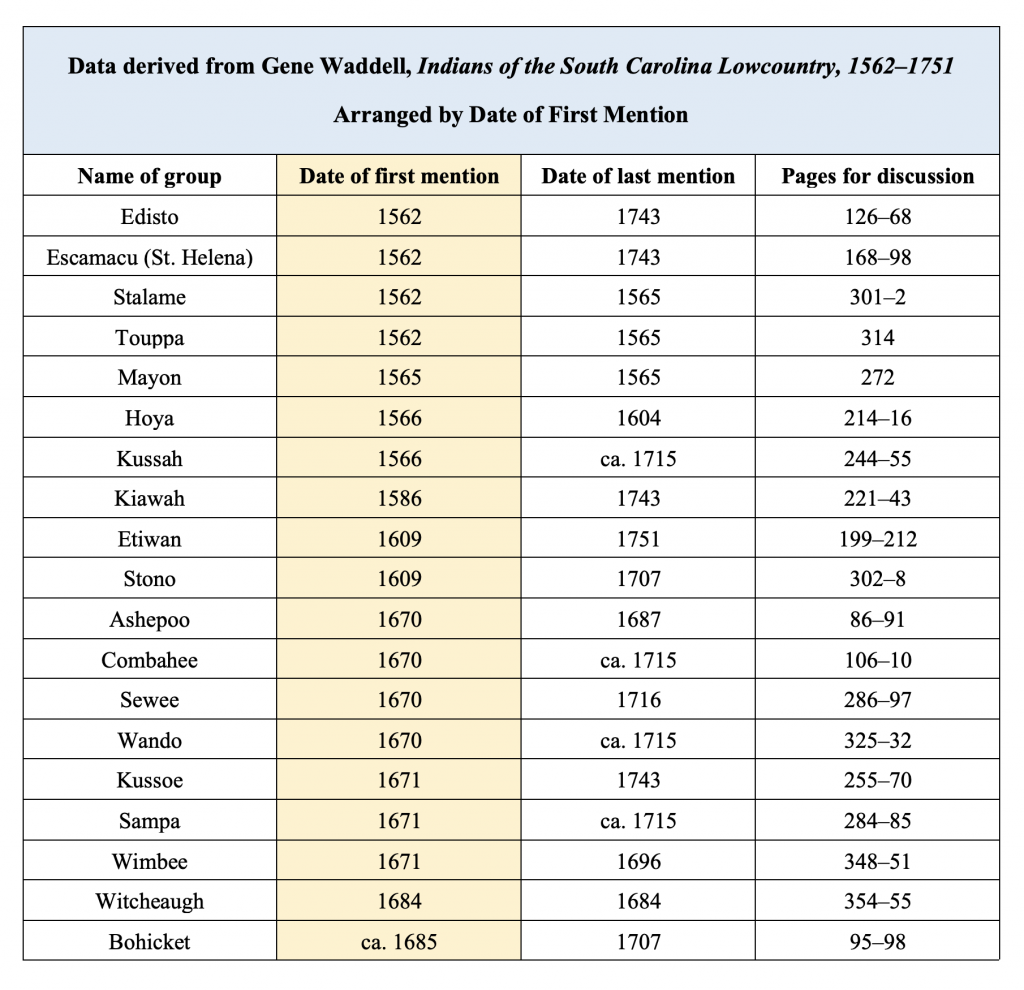
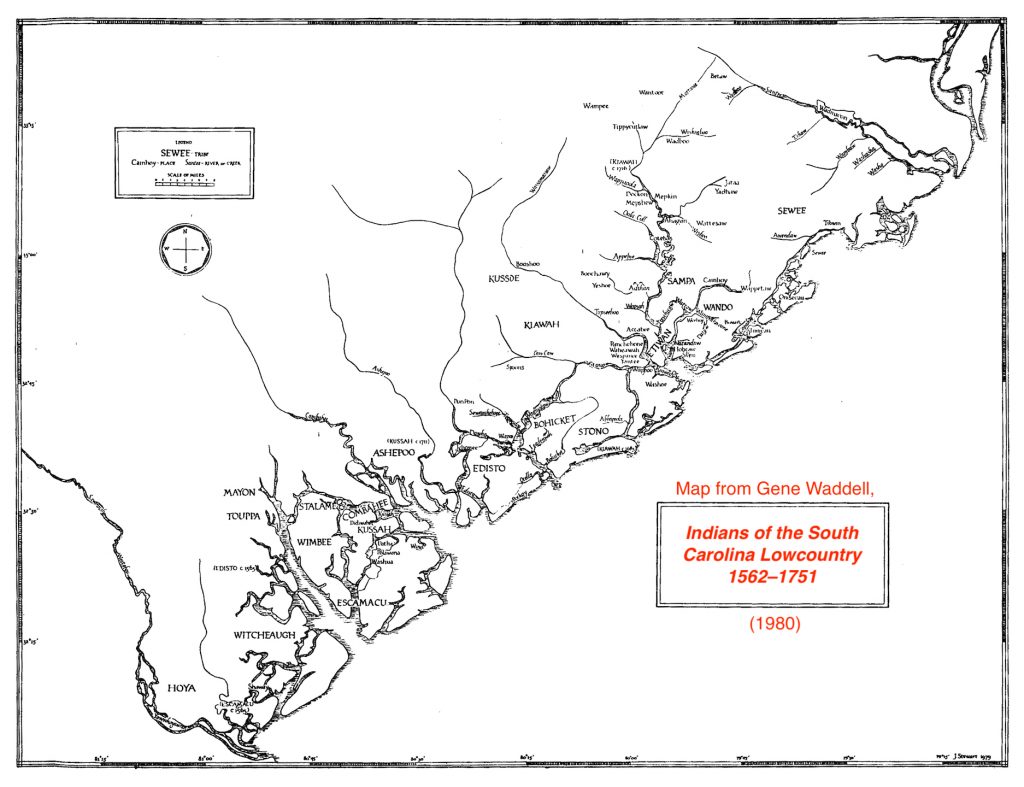
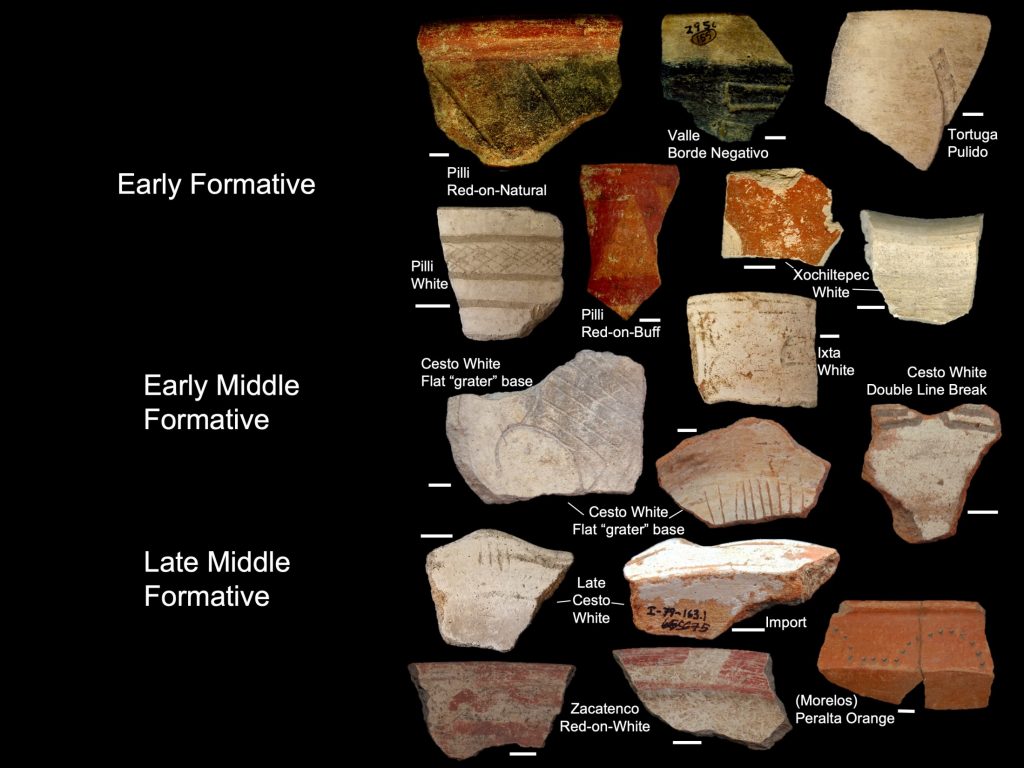
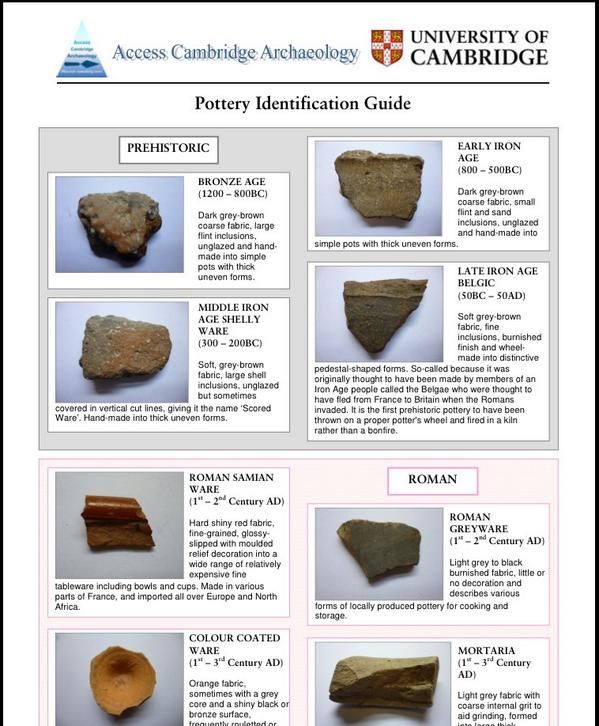
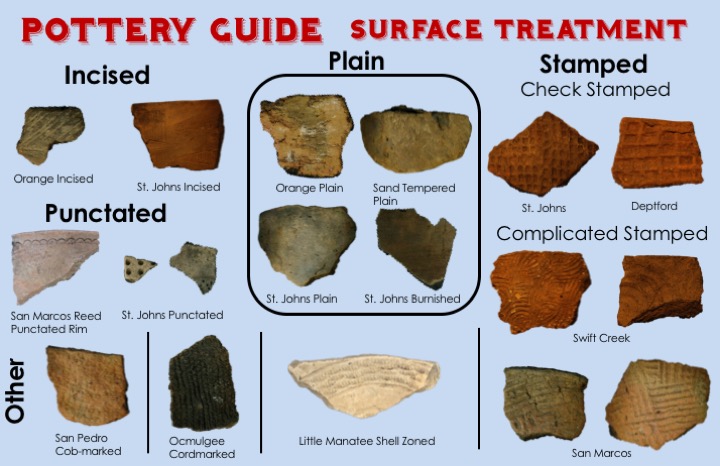
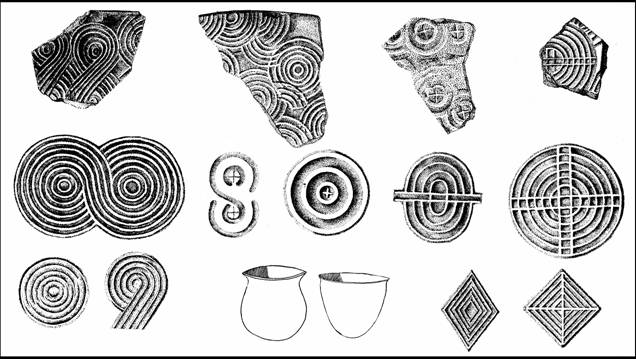
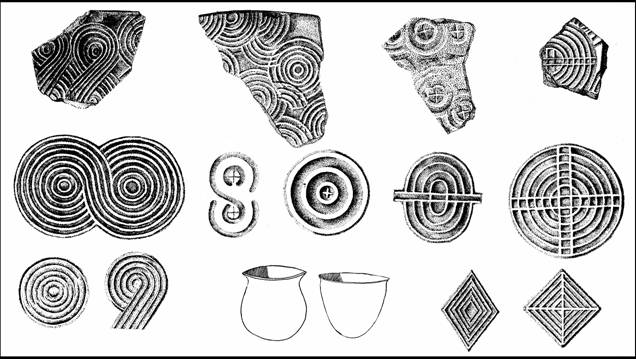
http://swashmanor.com/ancient-shell-mounds/
Morrow Mountain Type I: This is a medium triangular point with a contracting stem. The cross-section is elliptical. The blade is primarily excurvate, however some examples have had a straight to incurvate blade. The blade is generally broad, with the widest portion above the shoulders. The shoulders are primarily sloping upwards, but may be horizontal or slightly sloping. Rarely, the shoulders may be slightly barbed or “hanging”. The stem is short, broad, and contracting. The base is convex to straight. Hafting region grinding is usually present, but light. This point has a random flaking pattern https://www.projectilepoints.net/Points/Morrow_Mountain.html
- Ancient Indigenous Artifacts & Shell Mounds of Myrtle Beach, SC
- Unearthing History: Indigenous Shell Middens & Mounds in Myrtle Beach, SC
- Echoes of the Past: Ancient Shell Rings & Middens in Myrtle Beach
- Lost Civilizations: Indigenous Shell Rings & Artifacts of Myrtle Beach
- 5,000 Years of History: Shell Mounds & Native Artifacts in Myrtle Beach
- Ancient Shell Middens & Indigenous Sites in Myrtle Beach, SC
- Tracing the Past: Shell Rings, Middens, and Indigenous Life in Myrtle Beach
- Mysteries Beneath the Sand: Ancient Indigenous Shell Rings of Myrtle Beach
